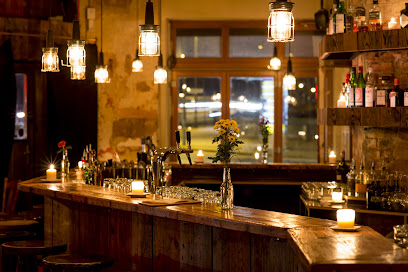
The Berlin Wall: A Historic Memorial of Unity and Division
Explore the Berlin Wall, a powerful memorial showcasing the city's history of division and resilience through captivating art and poignant stories.
The Berlin Wall stands as a poignant symbol of the city's tumultuous history, inviting tourists to reflect on the struggles of the past while exploring its art and memorials. This significant landmark is an essential stop for anyone visiting Berlin, capturing the essence of resilience and hope.
A brief summary to Die Berliner Mauer
- Mühlenstraße 79, Berlin, Friedrichshain-Kreuzberg, 10243, DE
- Visit website
Local tips
- Visit early in the morning or late afternoon to avoid crowds and capture stunning photos of the murals.
- Make sure to take your time reading the plaques that provide insightful historical context about the wall.
- Consider joining a guided tour to gain a deeper understanding of the events surrounding the Berlin Wall.
- Bring a camera, as the colorful murals make for fantastic photo opportunities.
- Check out the nearby memorials and parks for a peaceful area to reflect on the historical significance.
Getting There
-
Car
If you are traveling by car from any location in Pomerania, set your GPS to Mühlenstraße 79, 10243 Berlin. The drive will take approximately 2-3 hours depending on your starting point. When you arrive in Berlin, follow signs to 'Friedrichshain-Kreuzberg'. Parking may be available near the memorial, but be prepared to pay for parking in the city. Look for parking meters or nearby parking garages, which typically charge around €1-€2 per hour.
-
Train
To reach Die Berliner Mauer using public transport, you can take a train from various locations in Pomerania to Berlin. Depending on your starting point, you may need to change trains at major hubs like Szczecin or Gdańsk. Once you arrive at Berlin Hauptbahnhof (central station), take the S-Bahn line S7 or S75 towards 'Ahrensfelde' or 'Sundgauer Str.' and get off at 'Warschauer Str.' station. From there, it's about a 15-minute walk to Mühlenstraße 79. Make sure to purchase your train ticket in advance; prices can range from €10-€30 depending on the distance.
-
Bus
If you prefer traveling by bus, several companies operate routes from Pomerania to Berlin. Check the schedules of companies like FlixBus or Polskibus. The bus will take you to Berlin central bus station (ZOB), where you can catch the U-Bahn subway line U2 towards 'Pankow' and change at 'Warschauer Str.' to catch the S-Bahn S75 to 'Ostbahnhof' station. From there, it is a short walk to Mühlenstraße 79. Bus tickets typically cost between €10-€20.
Discover more about Die Berliner Mauer
Iconic landmarks you can’t miss
Die Berliner Mauer
0.0 km
Explore the Berlin Wall, a powerful memorial showcasing the city's history of division and resilience through captivating art and poignant stories.

Mühlenstraße
0.2 km
Discover Mühlenstraße in Berlin: A vibrant street filled with art, culture, and delightful local flavors in the heart of Friedrichshain-Kreuzberg.
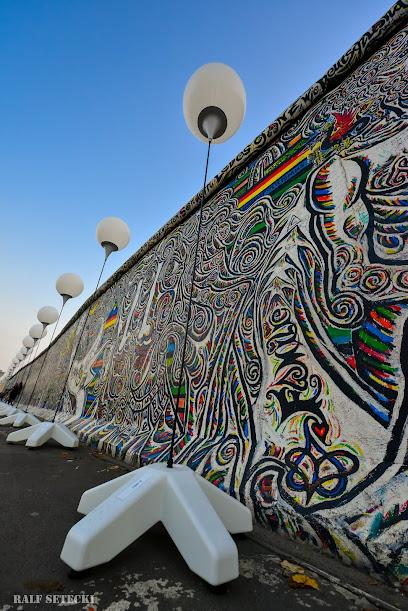
Mühlenstraße 78
0.2 km
Explore the architectural beauty of Mühlenstraße 78 in Berlin's vibrant Friedrichshain-Kreuzberg district, a hidden gem rich in history and culture.
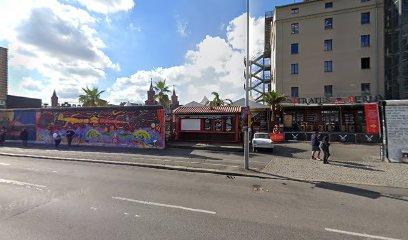
Oberbaumbrücke & Am Oberbaum
0.3 km
Discover the historic Oberbaumbrücke in Berlin, a stunning bridge that connects cultures and offers breathtaking views along the River Spree.
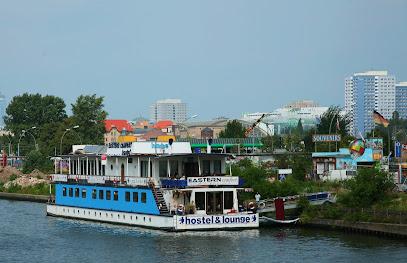
Schlesisches Tor
0.3 km
Discover Schlesisches Tor, a historic gateway in Berlin's lively Friedrichshain-Kreuzberg district, surrounded by culture, art, and culinary delights.
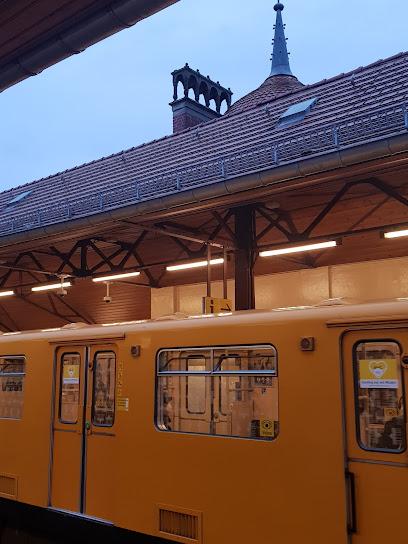
Mariannenpl.
1.1 km
Explore Mariannenplatz: A vibrant square in Berlin filled with art, culture, and local charm, perfect for an authentic city experience.
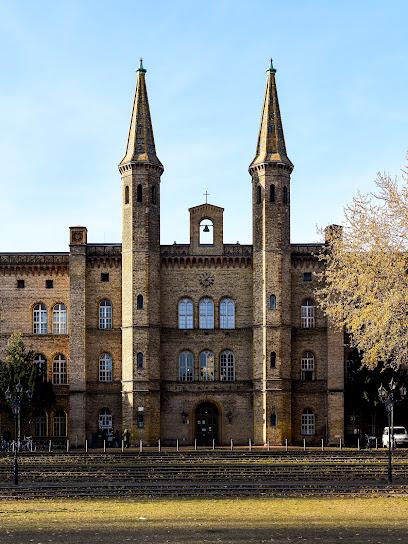
Graffiti Wall of Fame
1.5 km
Explore the iconic Graffiti Wall of Fame in Berlin - a colorful showcase of street art that reflects the city's vibrant culture.
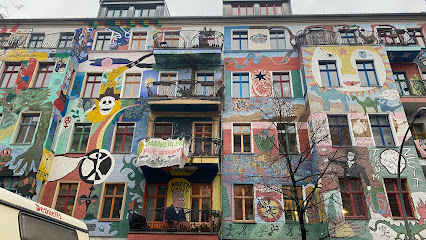
Adalbertstraße 10
1.6 km
Discover the architectural beauty and cultural vibrancy of Adalbertstraße 10 in Berlin's Friedrichshain-Kreuzberg district, a true gem for travelers.
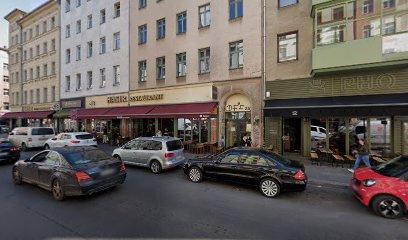
Kreuzberg Pavillon
1.7 km
Discover the vibrant art and culture at Kreuzberg Pavillon, a unique cultural center in Berlin's eclectic Friedrichshain-Kreuzberg district.
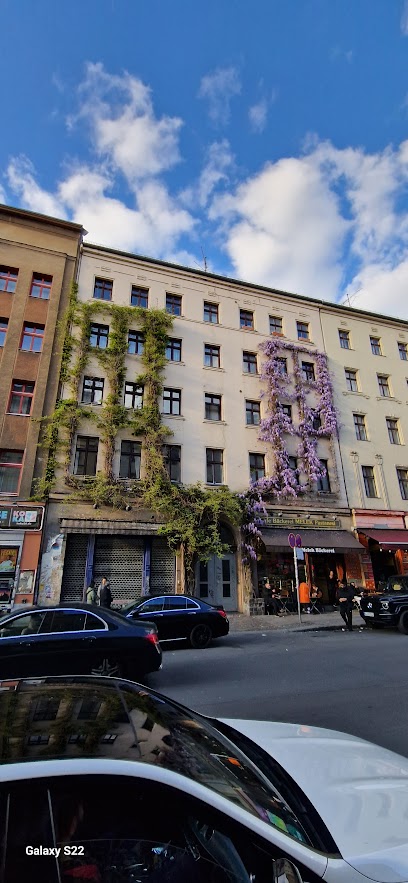
Bersarinplatz
1.8 km
Explore the historical charm of Bersarinplatz in Berlin, a captivating square blending history, architecture, and local culture in a vibrant urban setting.
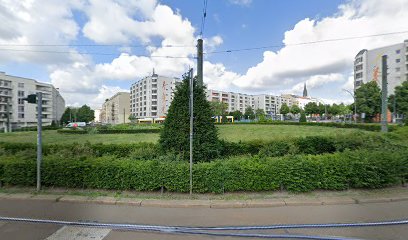
Strausberger Pl.
1.9 km
Explore the lively atmosphere of Strausberger Platz, a vibrant square in Berlin's Friedrichshain-Kreuzberg, rich in culture and architectural beauty.
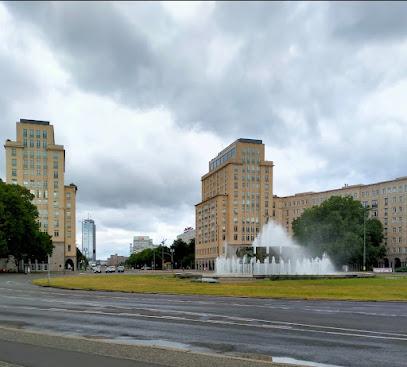
Mural by Herakut
2.0 km
Explore the vibrant Mural by Herakut in Berlin, a masterpiece of street art that tells stories through stunning visuals and powerful messages.
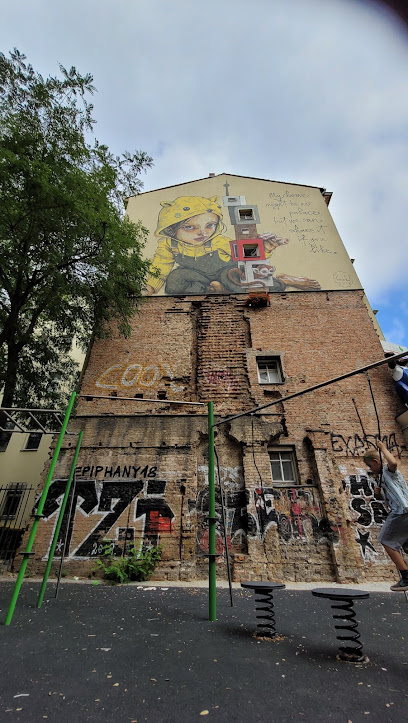
Der Wal von Friedrichshain
2.1 km
Explore the captivating Wal von Friedrichshain, a historical landmark in Berlin showcasing the city's rich artistic heritage and vibrant neighborhood spirit.
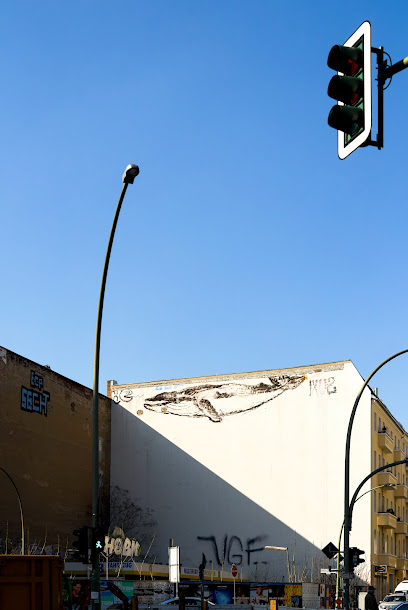
Karl-Marx-Allee
2.1 km
Discover the historic allure of Karl-Marx-Allee, a notable street in Berlin showcasing magnificent architecture and vibrant culture.
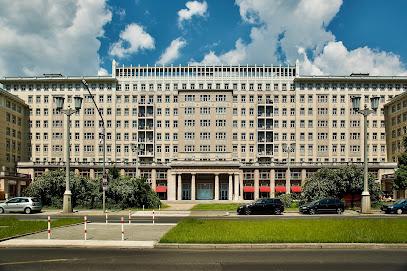
Daphne & Apollo Mural
2.3 km
Discover the vibrant Daphne & Apollo Mural in Berlin, a stunning blend of mythology and modern street art in the heart of Friedrichshain-Kreuzberg.
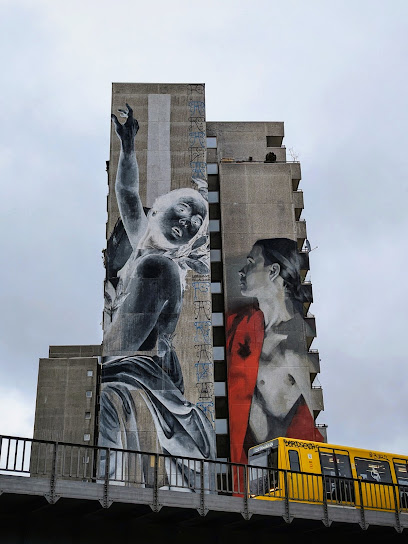
Unmissable attractions to see
Info-Mobil East Side Gallery
0.1 km
Explore the East Side Gallery in Berlin, a vibrant open-air gallery that transforms a historic section of the Berlin Wall into a canvas of freedom and creativity.
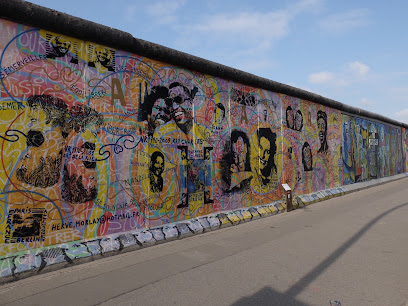
Laughing Spree Comedy
0.1 km
Experience the vibrant comedy scene in Berlin at Laughing Spree Comedy, where laughter and entertainment unite for an unforgettable night.
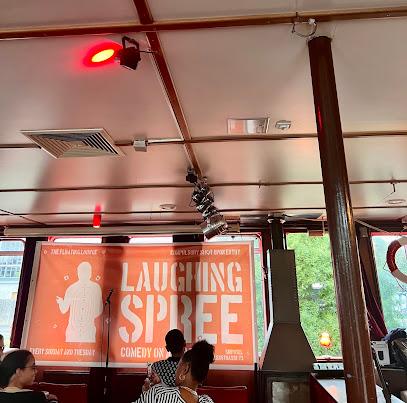
Mercedes Benz Brunnen
0.2 km
Experience the excitement of concerts and sports at Berlin's iconic Mercedes Benz Arena, a must-visit destination for all tourists.
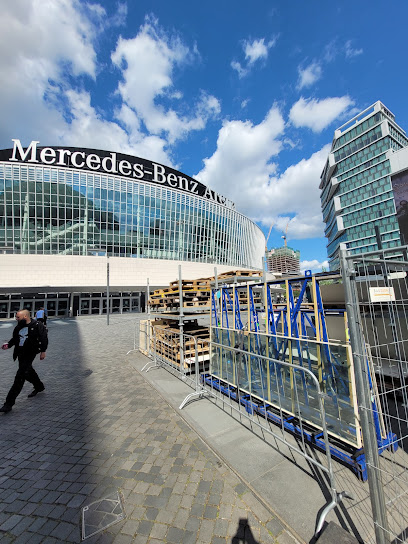
Berlin wall
0.2 km
Explore the Berlin Wall, a historic symbol of division and reunification, featuring vibrant murals and poignant memorials that narrate its powerful story.
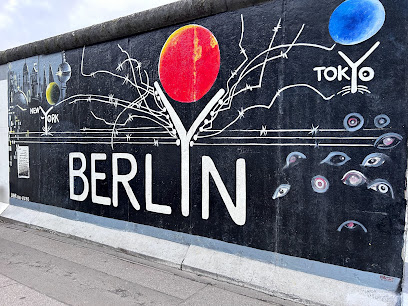
The Wall Museum
0.2 km
Discover the poignant history of the Berlin Wall at The Wall Museum, a captivating local history museum in the heart of Berlin.
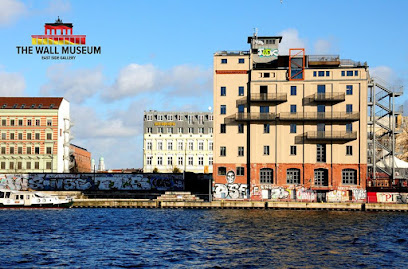
East Side Gallery
0.2 km
Explore the East Side Gallery in Berlin: a vibrant open-air gallery showcasing murals that embody freedom, art, and the spirit of a united city.

Uber Arena
0.3 km
Discover excitement at Uber Arena in Berlin, a top venue for live music, sports, and unforgettable entertainment experiences.
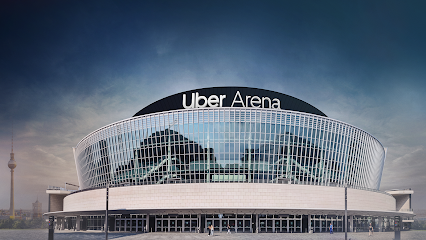
The WOW! Gallery Berlin - Selfie Museum
0.3 km
Explore the vibrant world of The WOW! Gallery Berlin, a unique selfie museum filled with interactive art and unforgettable experiences.

Oberbaum Bridge
0.3 km
Discover the stunning Oberbaum Bridge, a historical landmark in Berlin, connecting cultures and offering breathtaking views of the Spree River.
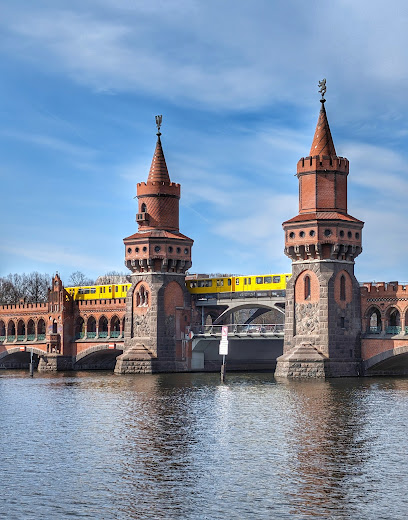
The Yellow Man (Os Gemeos)
0.4 km
Experience the vibrant spirit of Berlin through The Yellow Man, an iconic mural by Os Gemeos that embodies the city's rich street art culture.
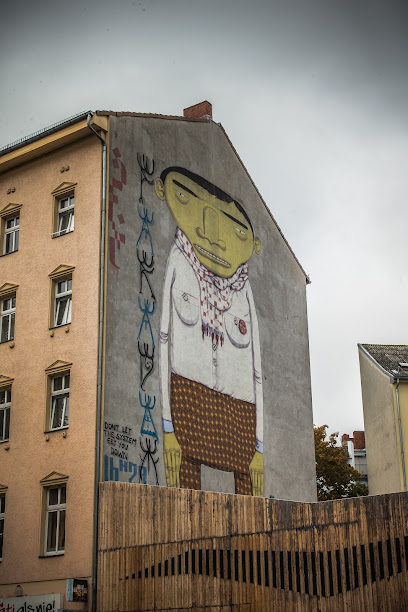
Oberbaum City
0.4 km
Discover the vibrant atmosphere of Oberbaum City in Berlin, where iconic architecture meets eclectic dining and dynamic street art.
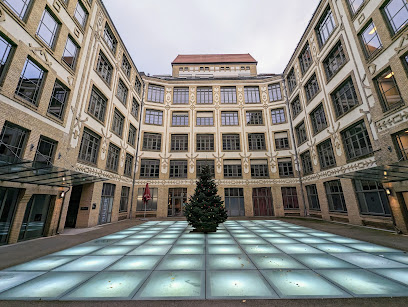
Matrix Club Berlin
0.5 km
Discover the electrifying nightlife of Matrix Club Berlin, a premier disco destination featuring top DJs, vibrant music, and an unforgettable atmosphere.

Bull Bar
0.5 km
Explore Berlin's nightlife at Bull Bar, a vibrant night club offering affordable drinks, eclectic music, and an inviting atmosphere for all.
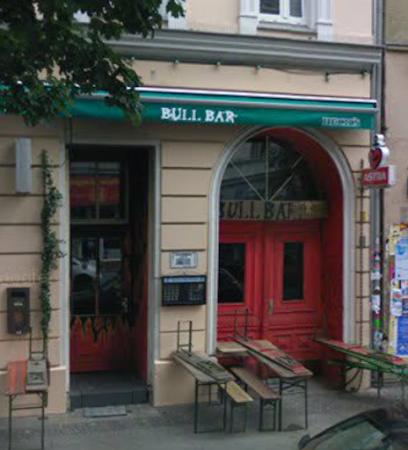
GoBoat Boat Rental - Berlin Osthafen
0.6 km
Discover Berlin's waterways with GoBoat Boat Rental - a unique and eco-friendly way to explore the city's stunning scenery.
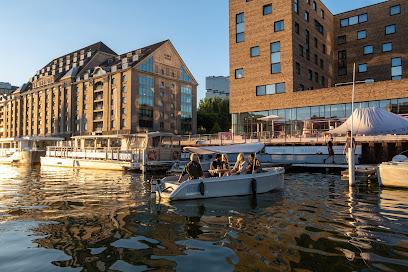
Madame Claude
0.6 km
Discover the vibrant nightlife of Berlin at Madame Claude, a unique live music venue offering unforgettable performances in a whimsical setting.
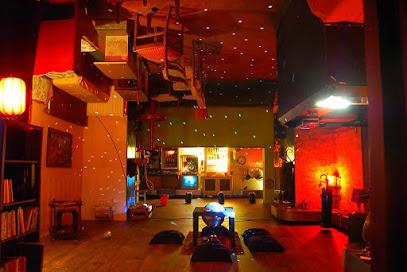
Essential places to dine
Burgermeister Schlesisches Tor
0.3 km
Discover Burgermeister Schlesisches Tor: Where iconic burgers meet Berlin's vibrant street food culture under the U-Bahn.

Umami
0.4 km
Discover Berlin's Umami: A must-visit Asian restaurant offering vibrant flavors and exceptional dining experiences in Friedrichshain-Kreuzberg.
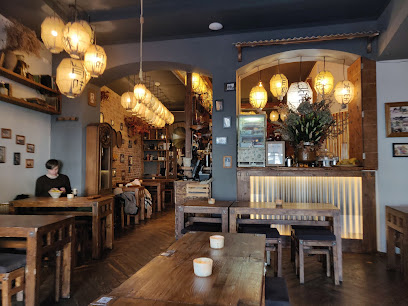
Richard
0.5 km
Experience the exquisite fusion of French and Mediterranean flavors at Restaurant Richard in Berlin's vibrant Friedrichshain-Kreuzberg district.

MATANGA - Fusion Tapas & Cocktails
0.9 km
Discover MATANGA in Berlin: A fusion tapas restaurant serving innovative dishes and handcrafted cocktails in a vibrant atmosphere.
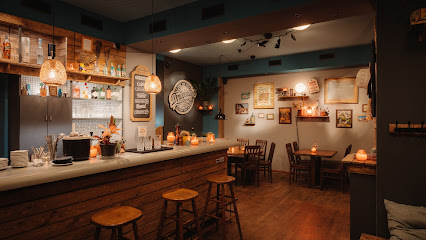
Restaurant Trattoria Portofino
1.0 km
Savor authentic Italian flavors at Trattoria Portofino in Berlin - where every bite transports you to Italy's culinary heart.
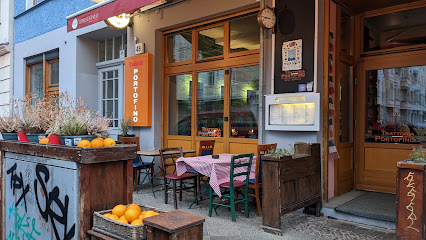
Restaurant Schneeweiß
1.2 km
Discover authentic Austrian flavors at Restaurant Schneeweiß in Berlin's lively Friedrichshain-Kreuzberg district.
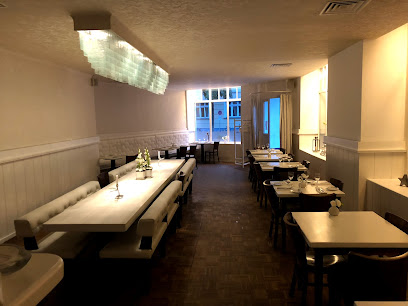
Cafe Datscha
1.2 km
Discover authentic Eastern European flavors at Café Datscha in Berlin's vibrant Friedrichshain district—where comfort meets culinary delight.
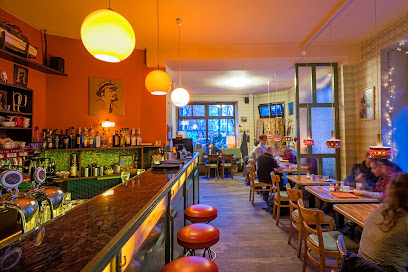
3 Sisters
1.2 km
Discover the heart of Berlin's culinary scene at 3 Sisters - where European flavors meet a vibrant beer garden ambiance.
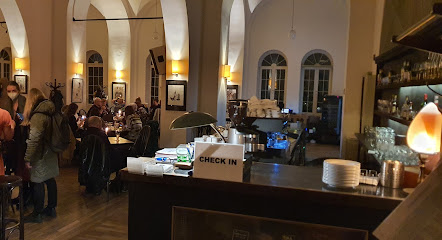
MAMMAM Garküche Street Food aus Vietnam und Thailand
1.3 km
Savor authentic Vietnamese and Thai street food at MAMMAM Garküche in Berlin's vibrant Friedrichshain-Kreuzberg district.
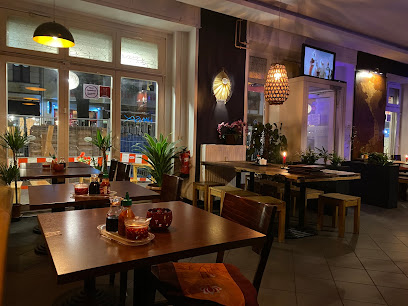
NYOM Restaurant
1.3 km
Discover authentic Vietnamese cuisine at NYOM Restaurant in Berlin's vibrant Friedrichshain-Kreuzberg district.

AMRIT - Berlin Kreuzberg
1.3 km
Discover authentic Indian flavors at AMRIT - Berlin Kreuzberg, where every dish tells a story of tradition and spice.
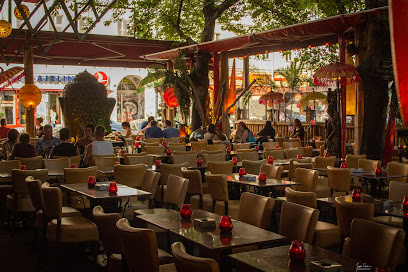
Restaurant VOLT
1.4 km
Experience exquisite German cuisine at Restaurant VOLT, where tradition meets innovation along Berlin's scenic Paul-Lincke-Ufer.
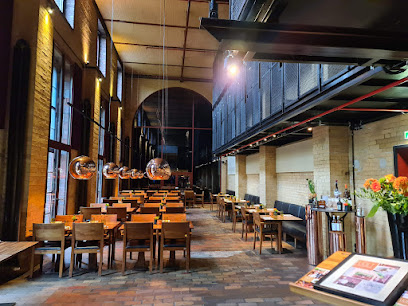
What a Treat Friedrichshain Restaurant-Berlin
1.4 km
Discover culinary excellence at What a Treat Friedrichshain – where local flavors meet international flair in the heart of Berlin.
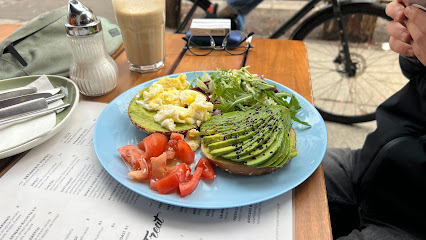
Lila restaurant
1.6 km
Discover Lila Restaurant in Berlin: A unique dining experience by the canal featuring fresh flavors and vibrant atmosphere.
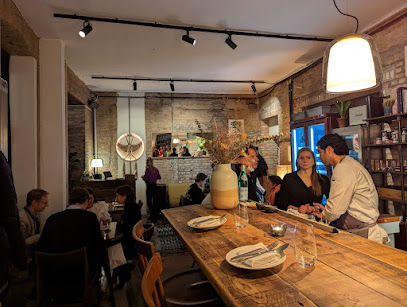
Spindler
1.7 km
Discover the exquisite flavors of modern French cuisine at Spindler, Berlin's premier bistro and steakhouse along Paul-Lincke-Ufer.
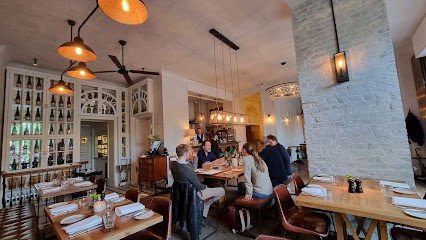
Markets, malls and hidden boutiques
Pink Cadillac
0.6 km
Explore Pink Cadillac, Berlin's vibrant vintage clothing store, where fashion and culture collide in a colorful shopping experience.

CALYPT Store
0.7 km
Explore the unique vintage clothing selection at CALYPT Store, a hidden gem in Berlin's Friedrichshain-Kreuzberg district, perfect for fashion enthusiasts.
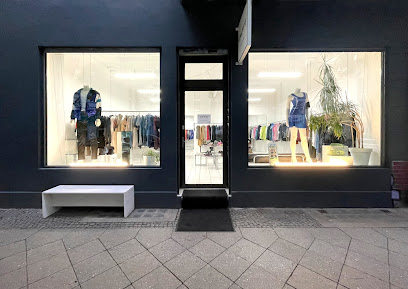
Kims Second Hand Boutique
0.9 km
Explore Kims Second Hand Boutique in Berlin for a unique mix of vintage clothing and sustainable fashion treasures.
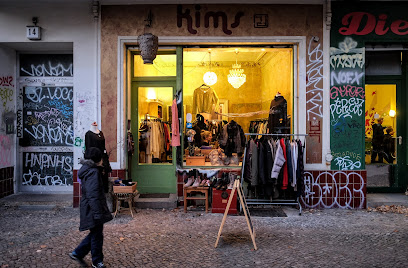
tHERAPY Recycle and Exorcise - Unique genderless circular fashion
1.0 km
Explore sustainable, genderless fashion and eco-friendly services at tHERAPY in Berlin's creative hub.
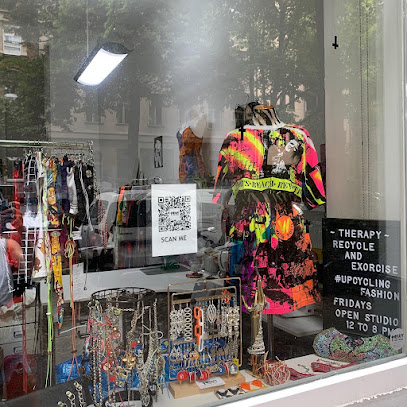
THIS CITY ROCKS, Berlin Design Shop
1.1 km
Explore Berlin's creative heart at THIS CITY ROCKS - your go-to destination for unique gifts, local art, and stylish design.
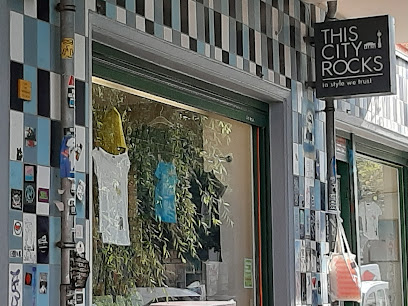
Coexist
1.1 km
Explore Coexist, a unique boutique in Berlin's Friedrichshain-Kreuzberg, offering curated treasures and local artistry.

mijas: a shop of things
1.2 km
Explore Mijas, a unique gift shop in Berlin, offering handmade treasures and creative workshops for an unforgettable shopping experience.
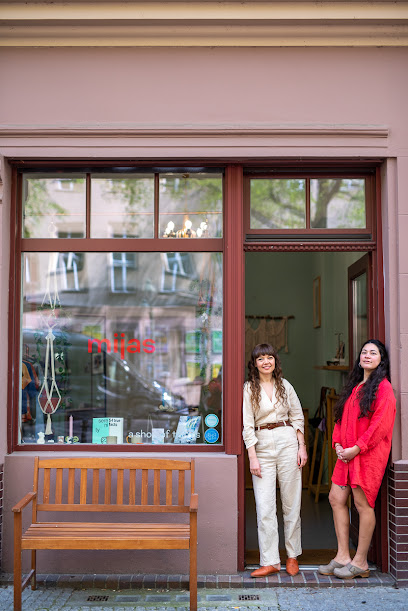
GruenBergerShop Berlin
1.2 km
Explore the eclectic charm of GrünBergerShop Berlin, where antique treasures await to add character to your home.
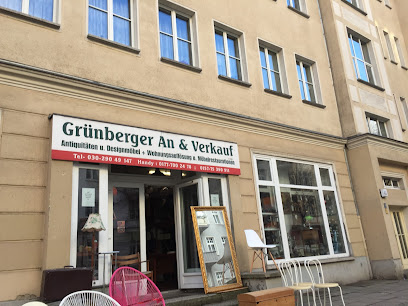
Lucidus Jewelry
1.3 km
Explore the exquisite craftsmanship and unique designs at Lucidus Jewelry, your premier online jewelry destination for elegance and style.

Fetisch Laden
1.3 km
Explore Fetisch Laden, a quirky clothing store in Berlin offering unique and exotic wear for a distinctive fashion experience.
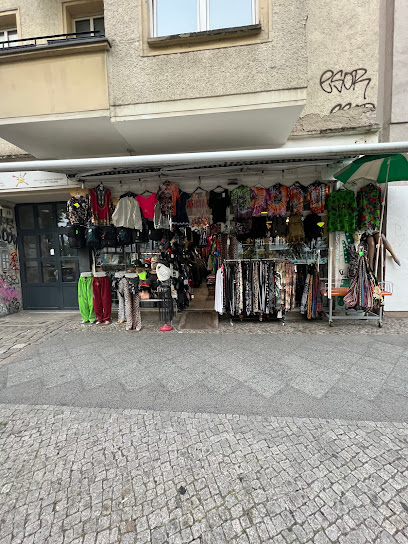
Peccato
1.3 km
Explore Peccato in Berlin for unique, stylish clothing that captures the essence of contemporary fashion in a vibrant atmosphere.

Freak Out
1.3 km
Discover unique fashion and accessories at Freak Out, a charming gift shop in Berlin's Friedrichshain district, perfect for memorable souvenirs.
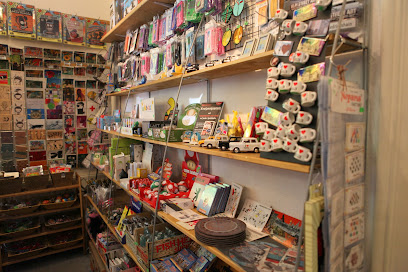
Berliner Modeinstitut
1.4 km
Discover the unique charm of vintage fashion and accessories at Berliner Modeinstitut, a must-visit boutique in Berlin's vibrant Friedrichshain district.
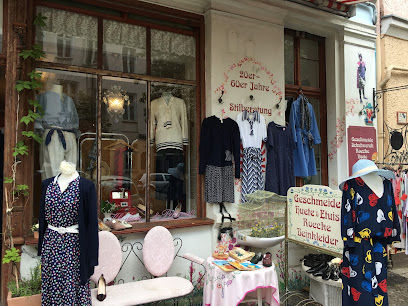
Broke + Schön Fhain
1.4 km
Explore Berlin's creative heartbeat at Broke + Schön Fhain, where unique gifts and fashion meet local artistry in a charming boutique setting.

Voo Store
1.5 km
Explore Voo Store, an eclectic blend of fashion and café culture in Berlin's vibrant Friedrichshain-Kreuzberg district.
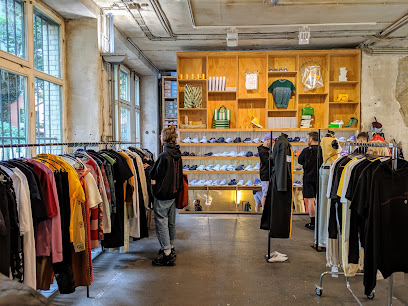
Essential bars & hidden hideouts
Kirk Bar
0.4 km
Discover the vibrant nightlife at Kirk Bar, a beloved Berlin destination for unique cocktails and an inviting atmosphere.
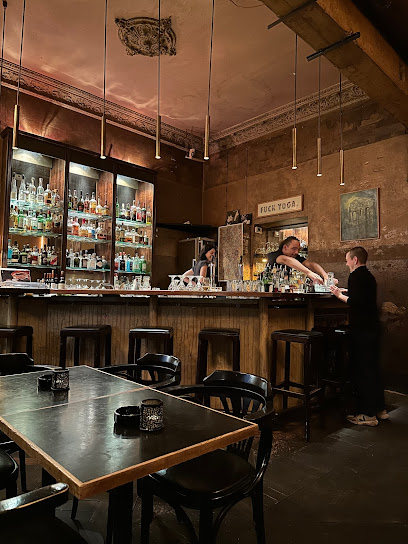
Lerchen&Eulen
0.8 km
Discover the cozy charm of Lerchen&Eulen, a beloved bar in Berlin's Friedrichshain-Kreuzberg, offering delightful cocktails and a vibrant ambiance.
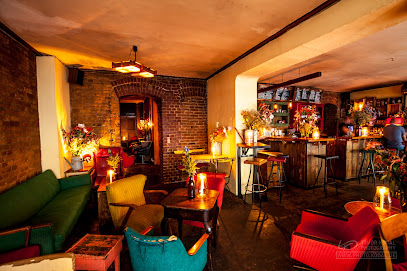
Schwarze Traube
0.9 km
Discover Schwarze Traube, Berlin's charming cocktail bar in Friedrichshain-Kreuzberg, known for its innovative drinks and vibrant atmosphere.
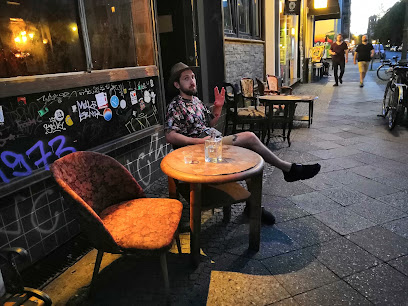
Primitiv Bar - Berlin
1.0 km
Discover the vibrant energy of Primitiv Bar in Berlin, where affordable drinks meet a lively atmosphere in the heart of Friedrichshain.

Kaia bar
1.1 km
Discover the vibrant cocktail culture at Kaia Bar, a lively hotspot in Berlin's Friedrichshain-Kreuzberg district, perfect for nightlife enthusiasts.
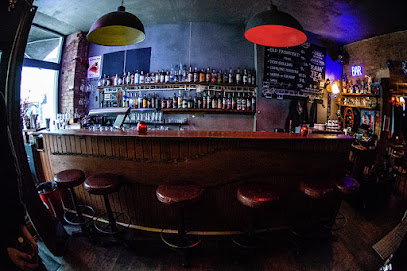
HASE - red rabbit bar
1.3 km
Experience Berlin's vibrant nightlife at HASE - a cozy bar known for its creative cocktails and lively atmosphere in Friedrichshain-Kreuzberg.
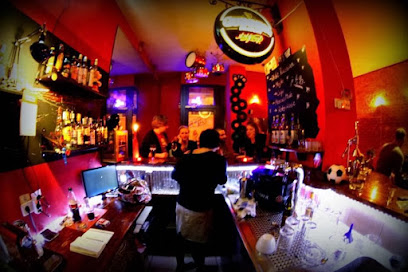
EKŌ BAR BERLIN
1.3 km
Experience the fusion of Japanese culture and Berlin nightlife at EKŌ BAR BERLIN, where innovative cocktails meet a cozy atmosphere.
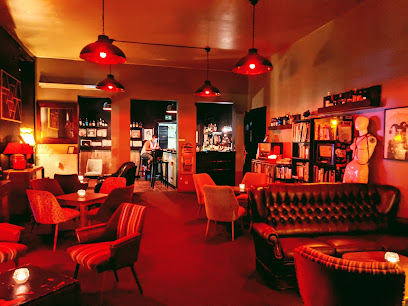
The Pharmacy Bar
1.3 km
Discover The Pharmacy Bar in Berlin: A cocktail lover's paradise with a unique pharmacy twist, offering innovative drinks in a chic lounge atmosphere.
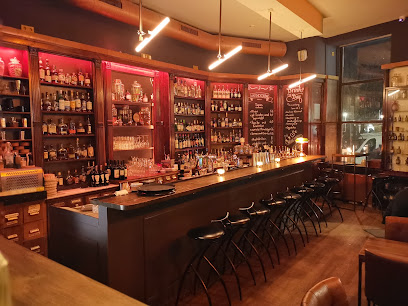
MacLaren's Pub
1.4 km
Discover the warmth and charm of MacLaren's Pub in Berlin, where hearty dishes and a vibrant atmosphere await every visitor.
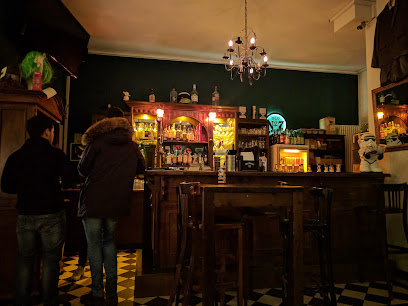
Goldfisch Bar
1.4 km
Experience the vibrant nightlife at Goldfisch Bar in Berlin, a cocktail haven offering creative drinks and a lively atmosphere that captivates all.
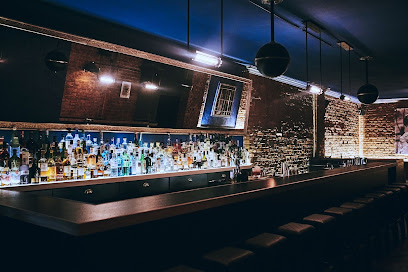
Luft und Liebe Bar Berlin
1.4 km
Experience the vibrant nightlife of Berlin at Luft und Liebe Bar, where creative cocktails meet cozy atmospheres in Friedrichshain.
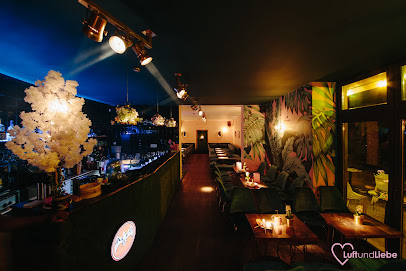
booze bar berlin
1.5 km
Discover Booze Bar Berlin, a lively bar offering creative cocktails and a vibrant atmosphere in the heart of Friedrichshain's nightlife.
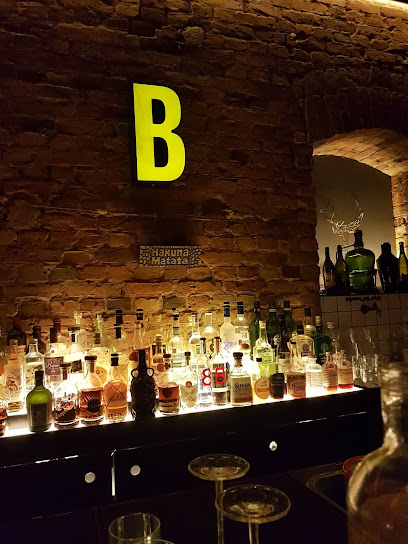
Geronimo
1.6 km
Unwind at Geronimo, a vibrant bar in Berlin's Friedrichshain-Kreuzberg, offering an eclectic mix of drinks and lively atmosphere for every night out.
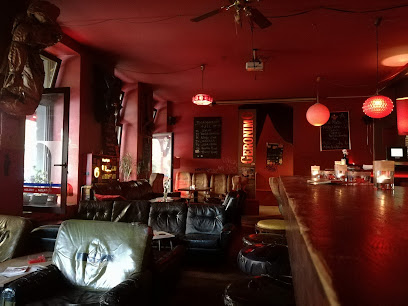
Sohnemann Bar
1.6 km
Sohnemann Bar: A vibrant cocktail haven in Berlin's Friedrichshain-Kreuzberg, perfect for nightlife enthusiasts and social butterflies.
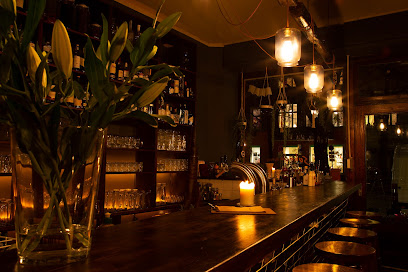
Krass Böser Wolf
1.6 km
Experience Berlin's nightlife at Krass Böser Wolf, a vibrant bar in Friedrichshain-Kreuzberg, offering a wide selection of drinks and a lively atmosphere.
